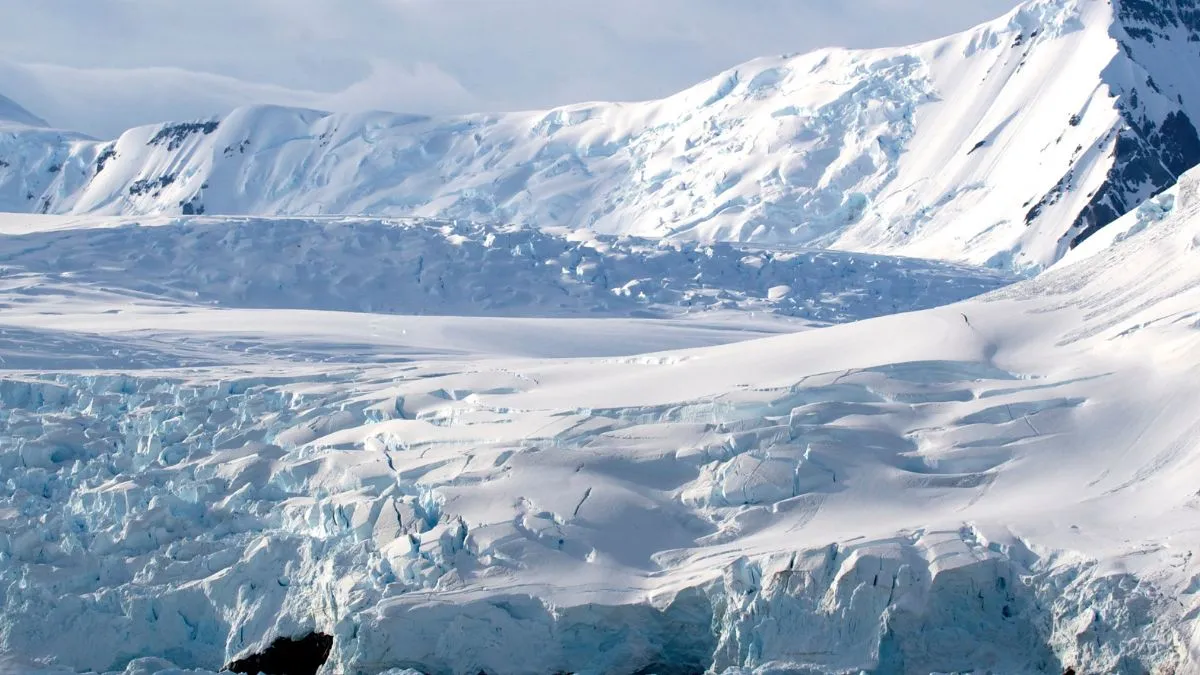- By Shivangi Sharma
- Mon, 30 Jun 2025 07:04 PM (IST)
- Source:JND
In the heart of Antarctica’s vast winter sea ice, a massive and mysterious hole the size of Switzerland appeared in 2017, capturing the attention of scientists around the world. This puzzling phenomenon, called a polynya, formed over a submerged mountain known as Maud Rise in the Weddell Sea, far from any coastline, and stayed open for months.
Now, a new study published in Science Advances has finally uncovered what caused this rare and dramatic opening in the sea ice.
What Is A Polynya?
A polynya is an open area of water surrounded by sea ice. While not uncommon along coastlines, what made the Maud Rise polynya so unusual was its size, persistence, and remote location in the middle of Antarctica’s thick winter ice. The last time something similar was observed in that region was in the 1970s.
When the hole reappeared in 2017, researchers were determined to find out what brought it back, and what it could mean for the future of polar ice.
ALSO READ: 'Like We Don’t Belong There...': NRI Woman's Viral Post Exposes How Indians Really Feel In Canada
A Break In Ocean’s 'Layer Cake'
Under normal conditions, the Southern Ocean acts like a layered cake: a cold, fresh surface layer sits above warmer, saltier water deeper below. These layers remain relatively stable, preventing much vertical mixing. For a polynya to form, however, this delicate balance must be disrupted.
The new research explains that a combination of factors led to this disturbance:
- Faster spinning of the Weddell Gyre, a large ocean current in the region
- Storm activity, which helped stir the water
- Ekman transport, a wind-driven effect that moves surface water and alters circulation
- Upwelling of warm water, which melted the ice from below
Together, these forces caused the cold surface water to mix with saltier water below, making it denser and causing it to sink. This triggered deep ocean convection, allowing warm water to rise and melt the ice from underneath, ultimately creating the enormous hole.
Why This Matters
Polynyas like this one are more than just strange gaps in the ice. They release vast amounts of heat and greenhouse gases, such as carbon dioxide, into the atmosphere. This “ocean breathing” has major implications for climate systems, ocean circulation, and carbon storage in the polar regions.
With the climate continuing to change, scientists warn that these rare polynya events could become more frequent or change in behaviour, adding further complexity to Earth’s already fragile climate balance.

